Which horror games from the 2000s need the remake treatment next?
Reminisce on some classic horror games this Halloween
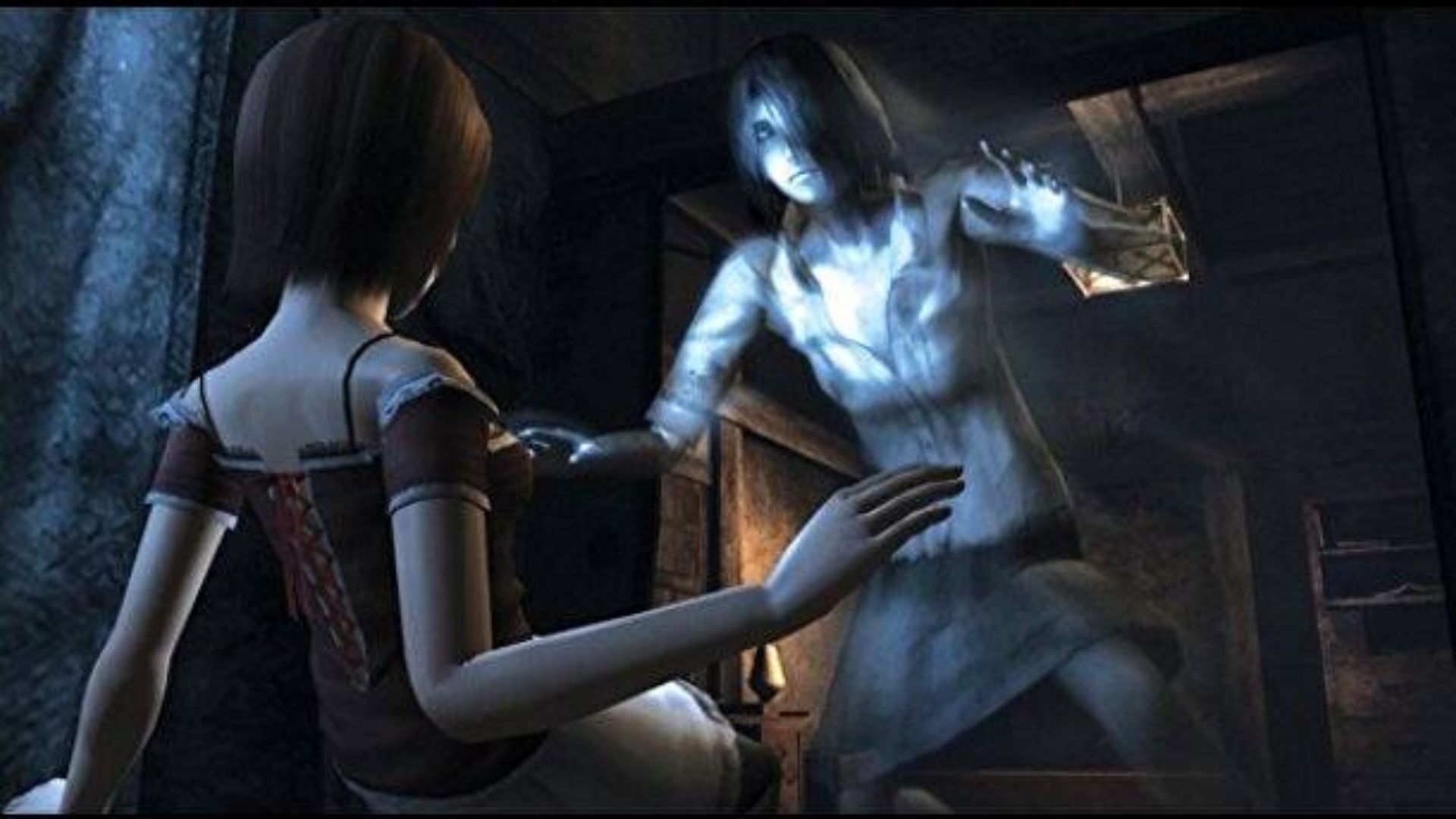
Classic 2000s horror games are having a moment. Between the recently announced Silent Hill 2 remake and the newest look at the upcoming Resident Evil 4 remake – not to mention the remake of 2008’s Dead Space due in January – there’s a lot of back-to-the-future fun for horror fans to look forward to.
But there’s still a whole lot of classic titles left untouched by the remake overlords just begging to find new audiences on next-gen consoles. With this being the case, here are our candidates for the best 2000s horror games which most desperately need a remake in the future.
Fatal Frame 2: Crimson Butterfly (2003)
Sure, we could’ve gone with the first game in the criminally underrated Fatal Frame franchise (also known as the Project Zero franchise in certain regions, or simply Zero in Japan). But it’s the second instalment in this game series which regularly receives appearances on lists of the scariest games ever made.
The very best horror games encourage immersion primarily by devoting time to developing the atmosphere and creating a sense of urgency and anxiety. These games grant players the impression that whatever goes bump in the night could be lying in wait around every corner and escape is almost impossible. Fatal Frame 2 achieves this masterfully. There are no monsters or zombies here, with the game instead set in an abandoned town haunted by vengeful spirits. Combat is limited, with access only to a camera as a way of trying to get away from the game’s spooky spectres. The feeling of being vulnerable that comes as a result of this ultimately contributes to what is a unique horror atmosphere.
Simply put, Fatal Frame 2 is a genuinely scary horror experience that is crying out to be remade for the modern gamer.
F.E.A.R. (2005)
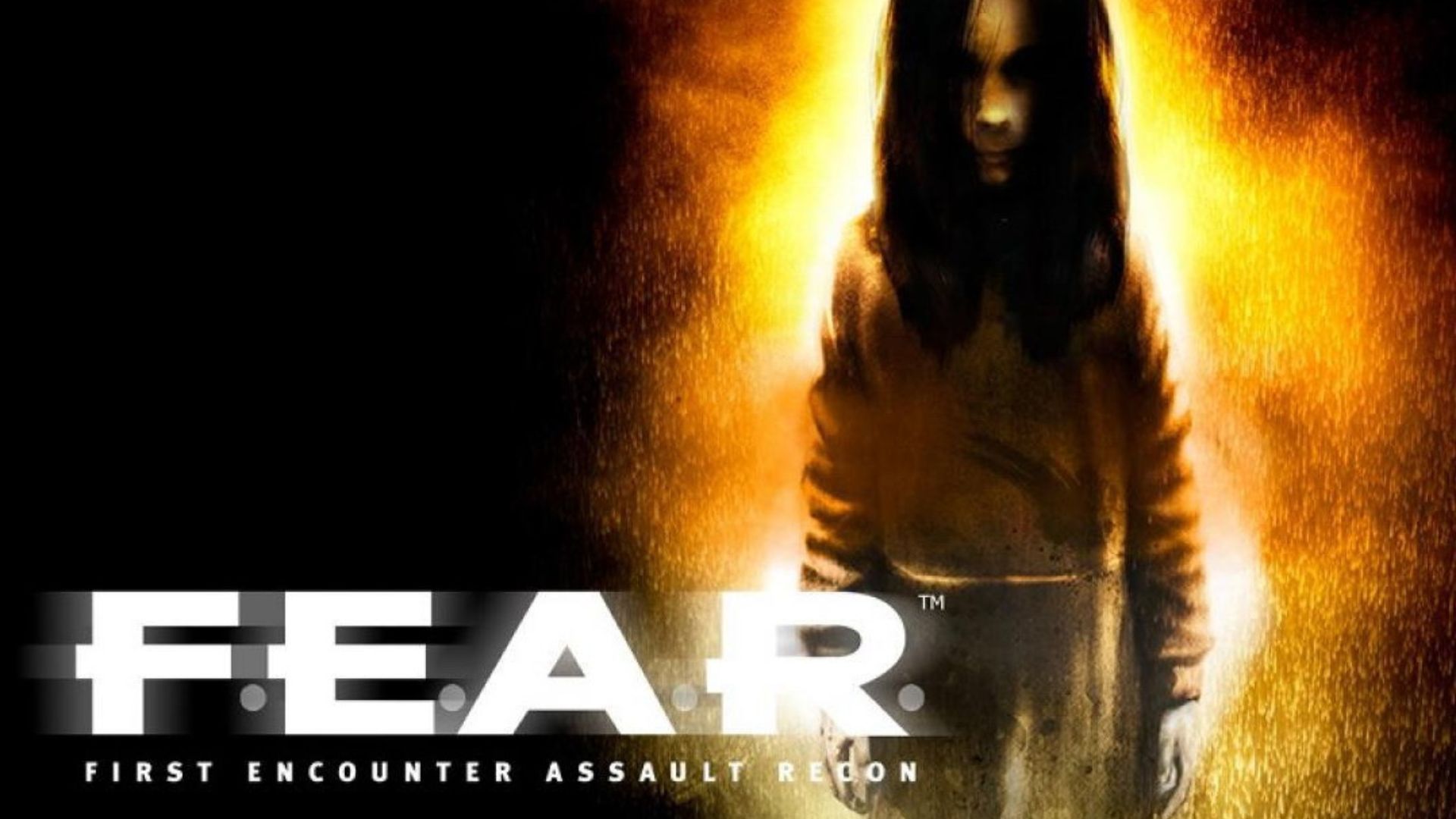
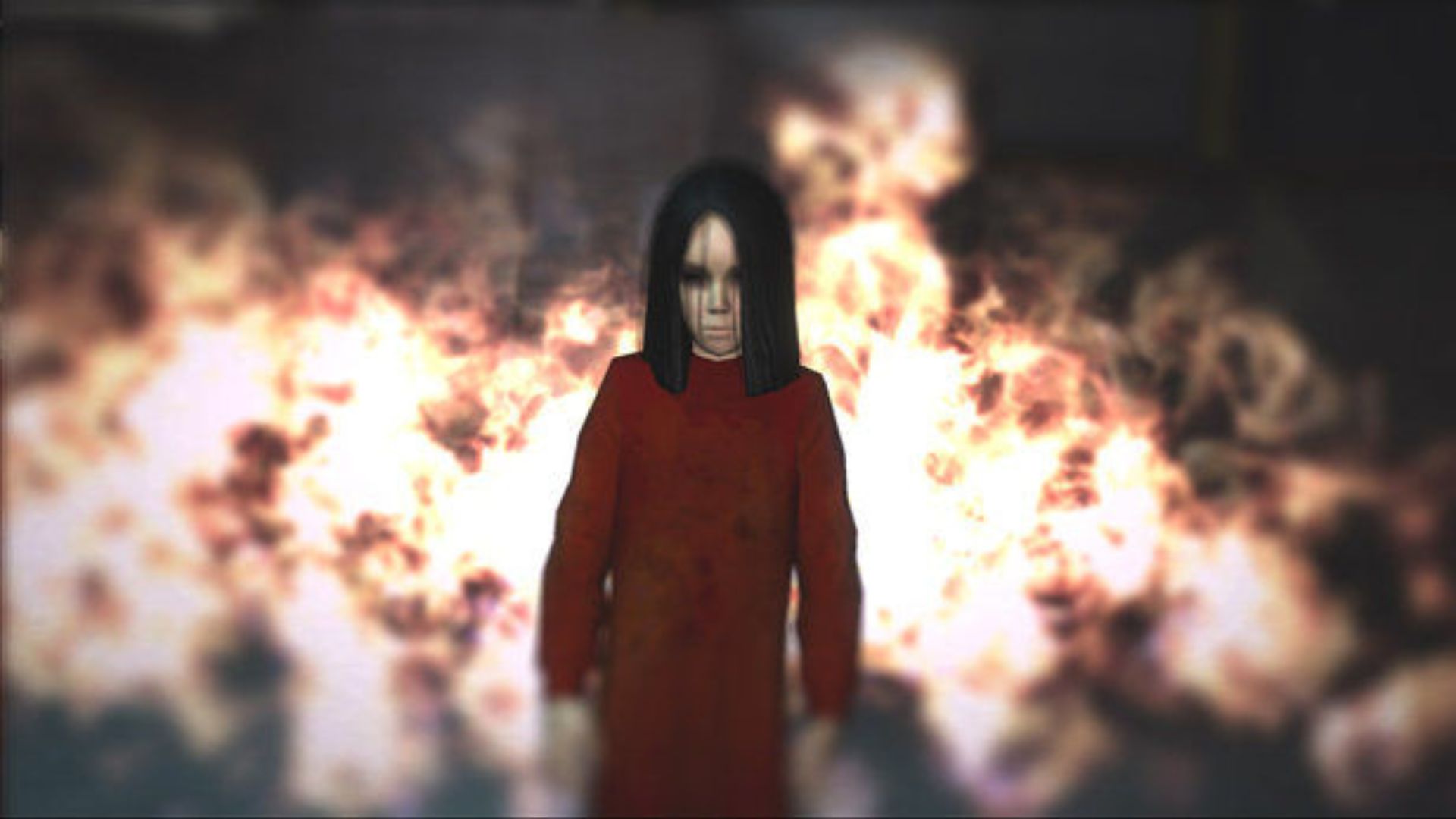

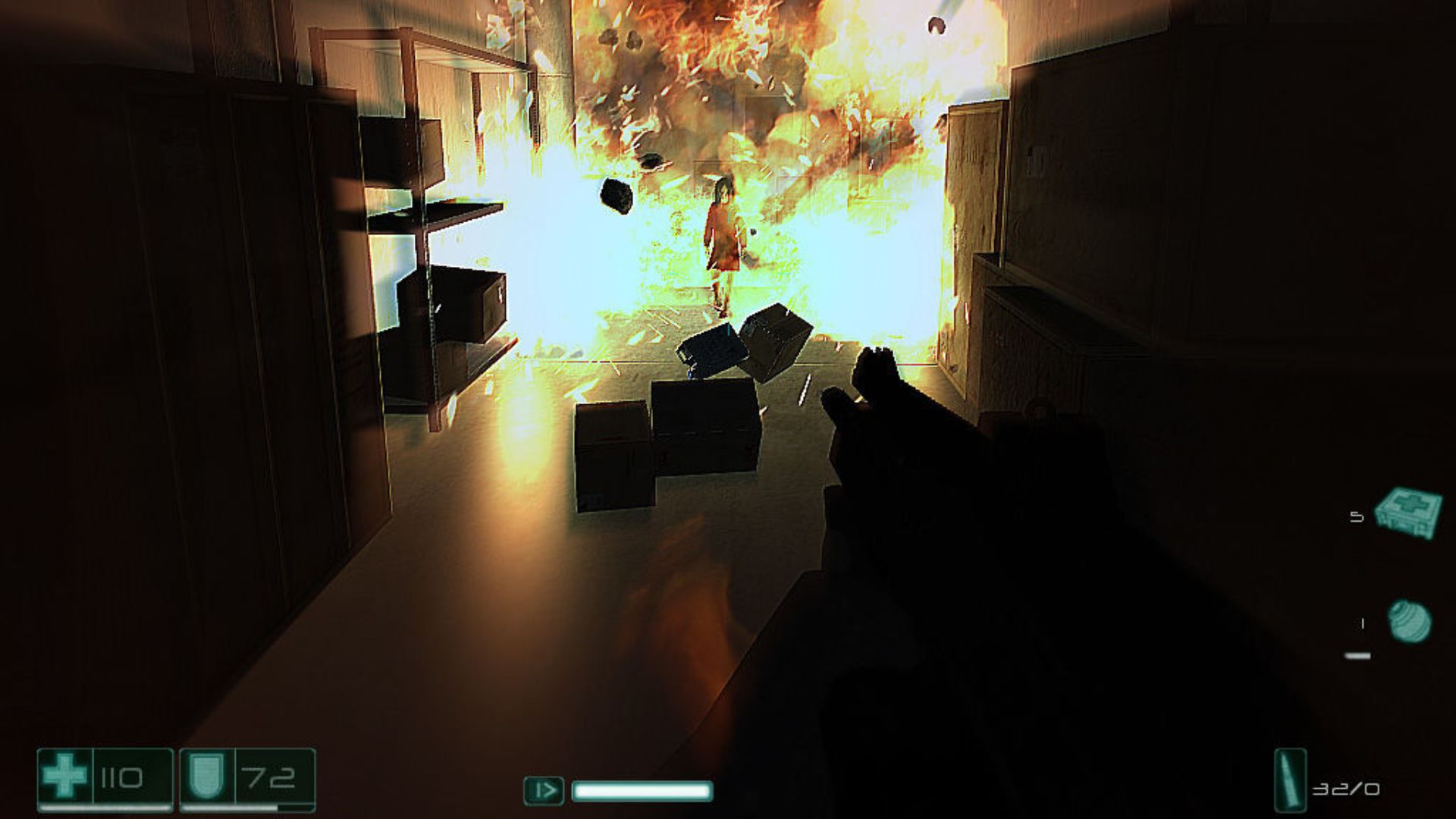
It’s one hell of a bold move creating a horror game and calling it ‘fear’ (via acronym for First Encounter Assault Recon), but 2005’s F.E.A.R. and subsequent sequels somehow manage to back it up. The ability of F.E.A.R. to cut through and appeal to Western audiences proved effective enough to capture the attention of Warner Bros, who acquired publishing rights for the series off the back of the first game’s success. Of course, a large part of the appeal here is the game’s familiar first-person shooter gameplay – further enhanced by the implementation of its slow-motion bullet time mechanic.
The game’s AI is also stuff of legend, in many ways revolutionising AI and NPC behaviours in video games at the time. Enemies you encounter benefit from a greater variety of actions and a solid responsiveness with which they apply those actions, a factor that adds a lot of tension throughout. But the horror elements of the title also carry a weight of their own. This horror is largely driven by the presence of ‘Alma’, a creepy little girl with mysterious paranormal origins who’ll habitually appear on your screen at inopportune times to scare the hell out of you.
Sign up for breaking news, reviews, opinion, top tech deals, and more.
In all honesty, the first person shooter genre could do with a return to horror-driven stories, and there’s no reason to believe F.E.A.R. would have trouble fitting right into the modern gaming scene with a future revisit.
Condemned: Criminal Origins (2005)
From the makers of F.E.A.R., Condemned: Criminal Origins plays a lot like a marriage between classic horror/thriller films such as Saw and Se7en, ticking a lot of the boxes for what was in high demand in the horror genre at the time of its release. C:CO finds players being confronted with puzzles, plenty of gore and a generally creepy atmosphere in a quest to identify and track down the depraved serial killer that framed your character for murder. Combat is primarily melee-based, which contributes both to the gore factor and general sense of unease throughout the game. You’re also tasked with exploring grisly crime scenes and gathering evidence, CSI-style.
There really hasn’t been another title like C:CO since its release (with the exception of its sequel released three years later). This might be thanks to the controversies the title was met with upon its debut, such as the full ban it received in Germany in 2008.
It’s quite a feat for a horror game to be able to boast the claim of being too extreme for an entire nation, but Condemned: Criminal Origins somehow managed it. And the originality of both the horror approach and gameplay here would give it every chance of spooking today’s gamers in much the same way.
Eternal Darkness: Sanity’s Requiem (2002)
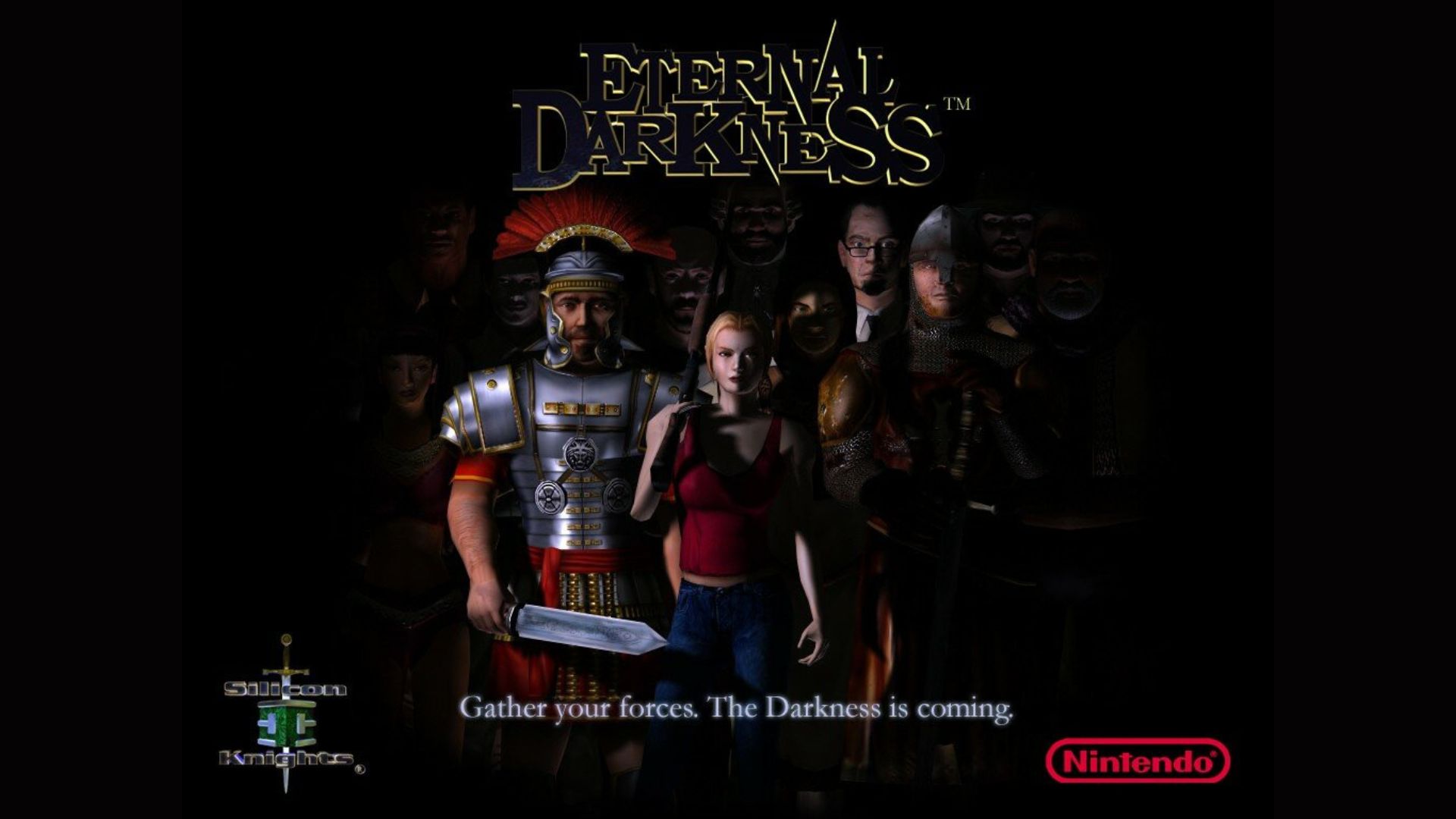
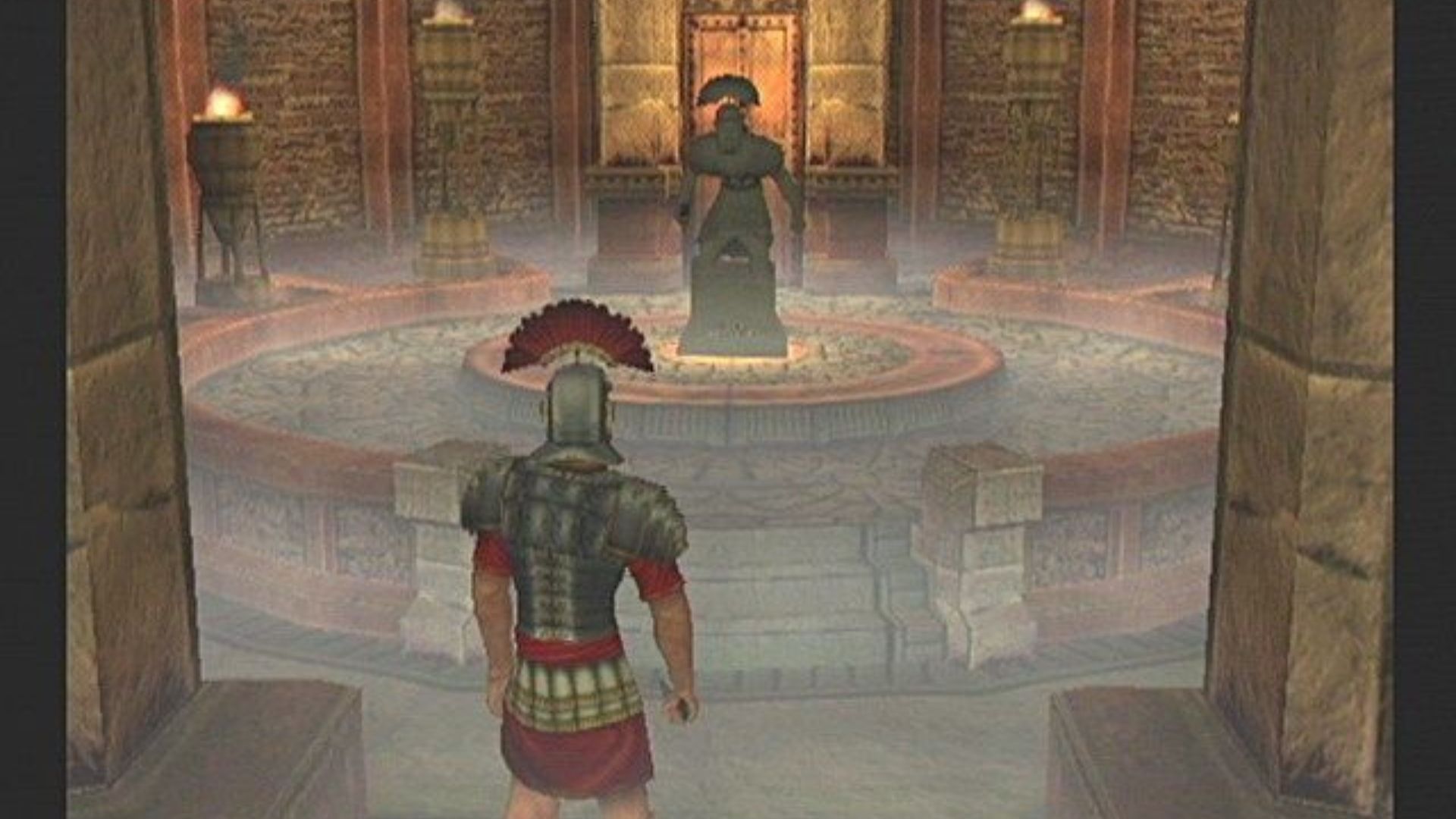
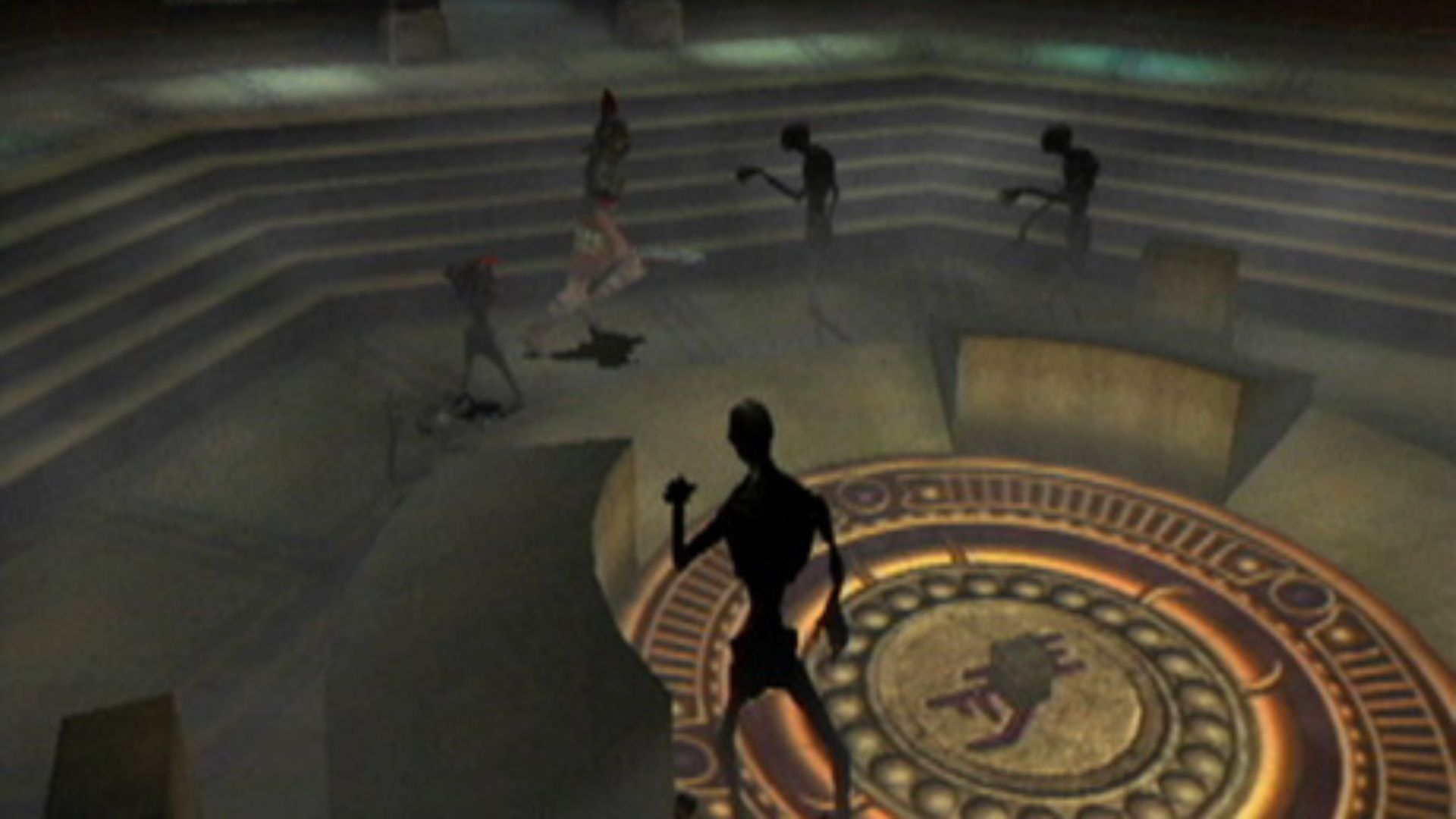
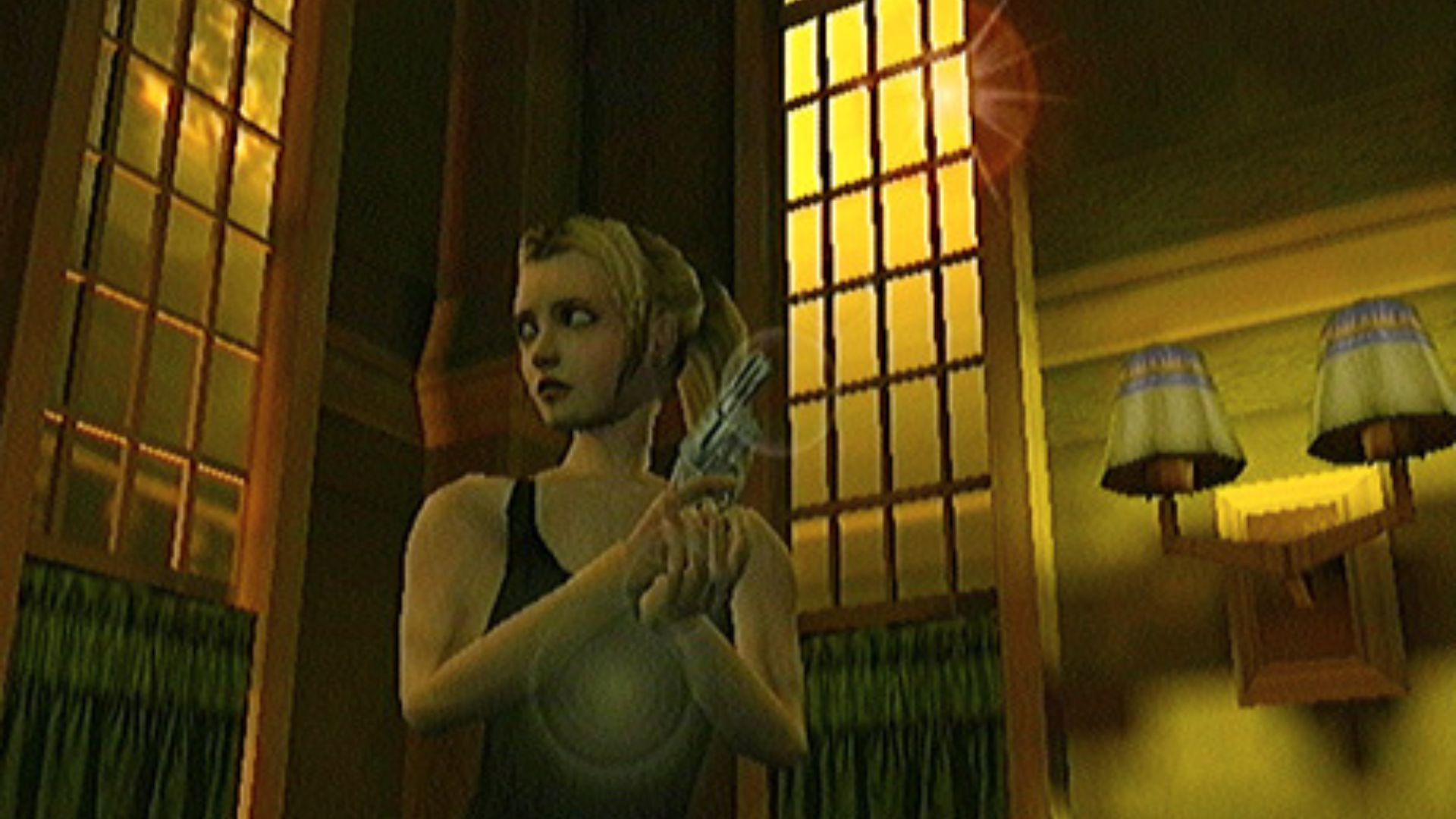
Famed horror writer H.P. Lovecraft’s work has had some love in the world of horror games in recent years, namely by way of 2018’s Call of Cthulhu and 2019’s The Sinking City. But no game trying to tackle Lovecraftian horror has managed to emulate the success of 2002’s Eternal Darkness. Released exclusively for the Gamecube with Nintendo signed on as publisher, Eternal Darkness borrows gameplay elements from the Resident Evil series but applies them to an entirely different horror experience.
Taking the reins of multiple different characters, the player is tasked with facing equally challenging monsters and puzzles. The primary gameplay factor allowing Eternal Darkness to stand out was its ‘Sanity Effect’ - a dynamic feature which Nintendo patented for this title’s release and is measured by a green bar on the player’s in-game HUD. The ‘Sanity Effect’ will decrease when a player is spotted by an enemy. Left to decline for too long, the game’s intensity begins picking up dramatically the lower the sanity level gets. The result can be disorienting, terrifying or both depending on how low the player allows the sanity bar to go.
Add all of this to a game with multiple settings in different historical eras and what you have is the recipe for a game some now consider one of the best ever made. Reintroducing the quality of Eternal Darkness for modern audiences should be a no-brainer – Nintendo do your thing!
The Darkness (2007)
Okay, sure, 2007’s The Darkness may not be as scary as the games previously mentioned, but the presence of various horrific elements in this one give it just enough horror pedigree for me to sneak it in. An undervalued gem based on an equally obscure comic book, The Darkness stands out mostly due to how fun and original it is.
You play as mafia wannabe Jackie Estacado, possessed by an ancient demonic force called The Darkness which has followed your family’s bloodline for several generations. While you’re granted the tools of a typical first-person shooter to navigate the game’s complex story, the real point of difference is the lingering presence of that devil on your shoulder – The Darkness. The powers offered by The Darkness give you many different options, as the demon itself also tags along for your adventures. Indeed, one method of gaining health in this game is by using your pal The Darkness to eat the hearts of your enemies (no, really).
It sounds ridiculous – it should be ridiculous – but it ends up being a whole lot of fun that modern horror fans would absolutely get a kick out of via a remake.

James is a senior journalist with the TechRadar Australia team, covering news, analysis and reviews in the worlds of tech and the web with a particular focus on smartphones, TVs and home entertainment, AR/VR, gaming and digital behaviour trends. He has worked for over six years in broadcast, digital and print journalism in Australia and also spent time as a nationally recognised academic specialising in social and digital behaviour trends. In his spare time, he can typically be found bouncing between one of a number of gaming platforms or watching anything horror.